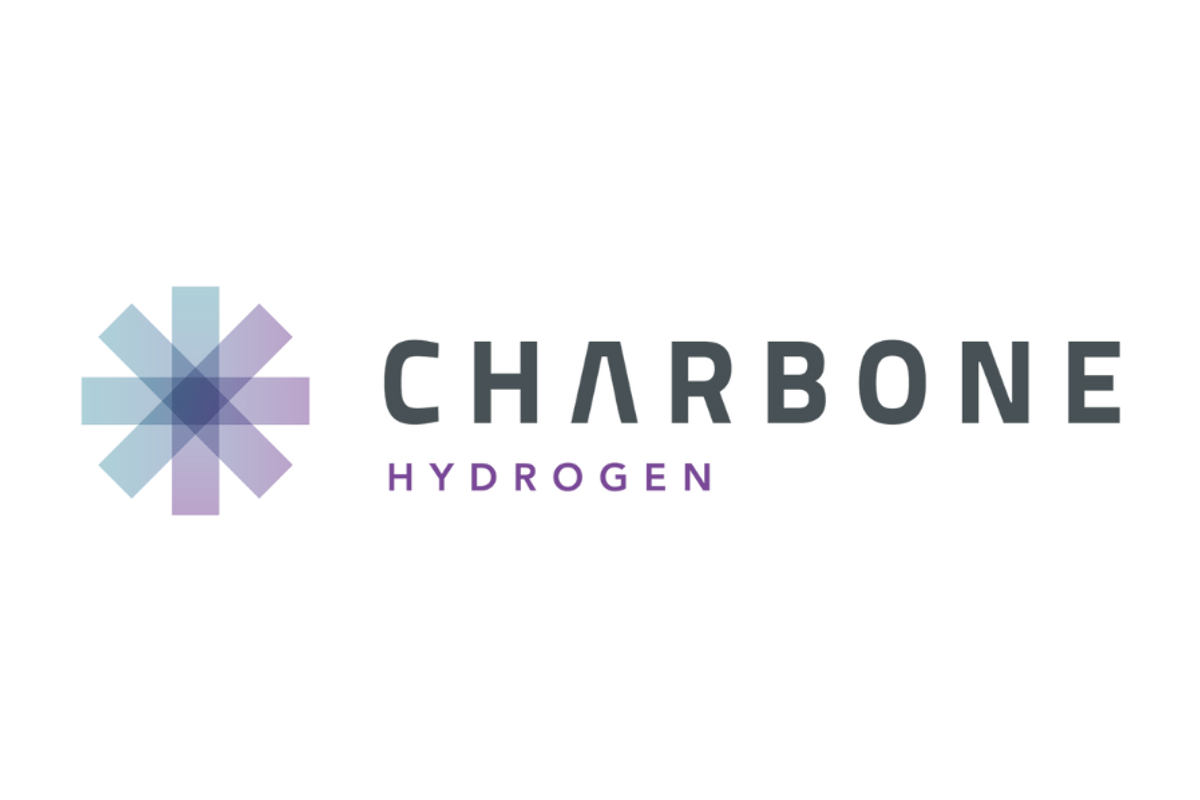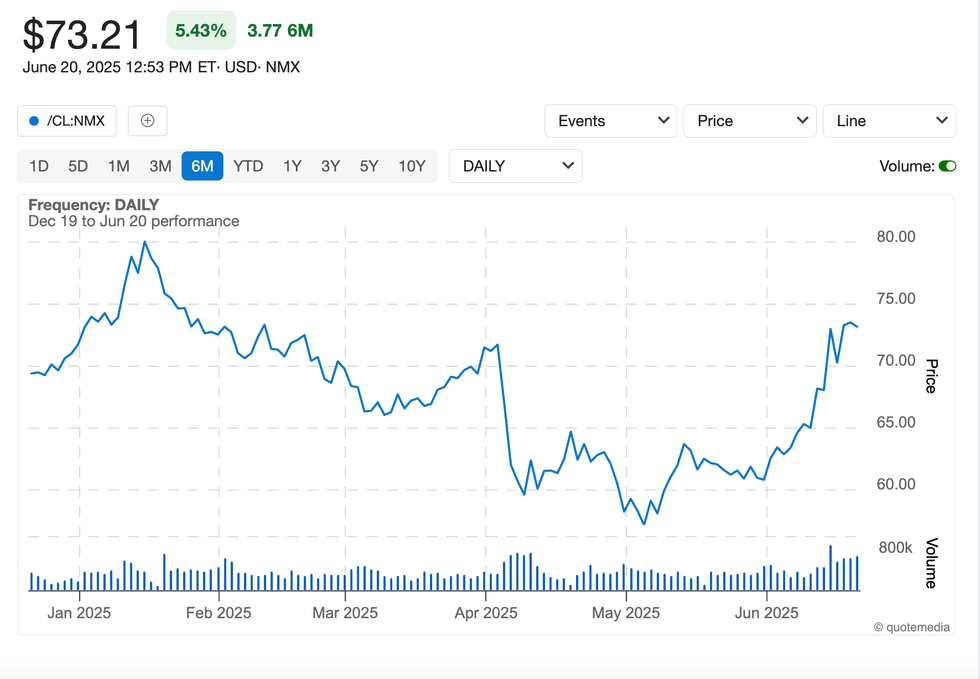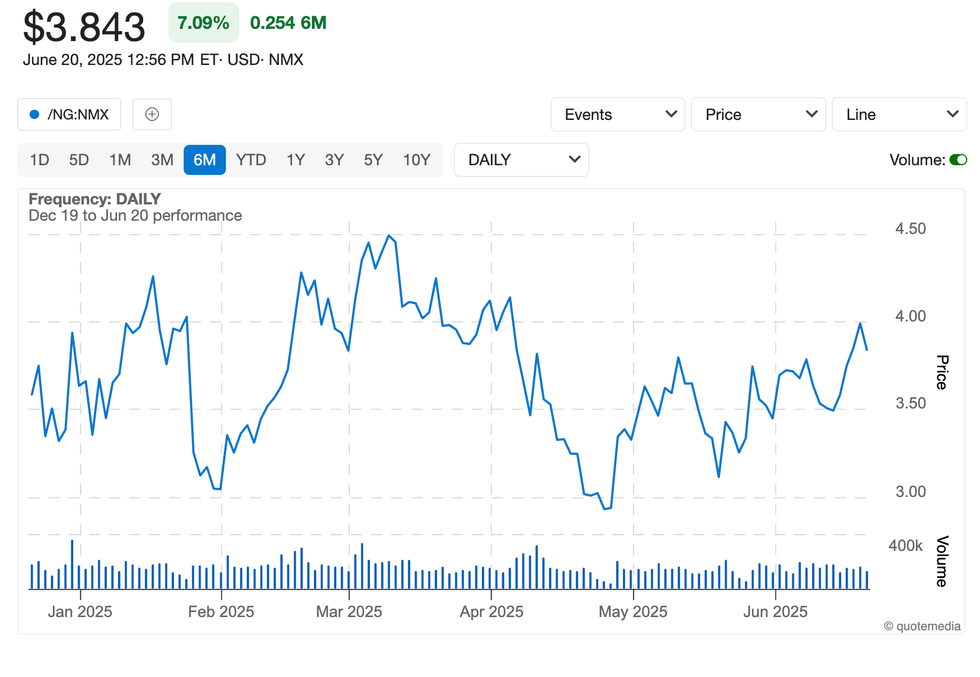- Oil sands greenhouse gas emissions intensity expected to decrease by 30 percent
- Reaffirms goal to achieve net zero emissions in oil sands operations by 2050 through collaboration with governments and other industry partners
- Emissions reduction plan includes game-changing in situ technologies, efficiency improvements, and carbon capture and storage
Imperial Oil Limited (TSE: IMO, NYSE American: IMO) said today it plans further reductions in greenhouse gas emissions intensity over the next decade to help support Canada's net zero goals.
By the end of 2030, Imperial anticipates reduced Scope 1 and 2 greenhouse gas emissions intensity of its operated oil sands facilities by 30 percent, compared with 2016 levels. The company plans to achieve this through implementation of lower greenhouse gas next generation technologies at its Cold Lake operation, efficiency improvements at its facilities, and the use of carbon capture and storage.
Imperial is also reaffirming its goal to achieve net zero Scope 1 and 2 greenhouse gas emissions in the company's oil sands operations by 2050 in support of Canada's commitment to move towards net zero emissions.
"We are making significant step changes by deploying a suite of lower-emissions solutions in our oil sands operations that help support Canada's ambition for net zero emissions by 2050," said Brad Corson, chairman, chief executive and president of Imperial. "Our updated emission-reduction plans are challenging and require innovation and technology solutions developed in collaboration with policymakers, industry and other stakeholders, to help accelerate deployment of lower-carbon technology."
Imperial has established plans using clear measureable goals with specific business actions to help achieve them. The company remains on track to meet its previous Scope 1 and Scope 2 greenhouse gas emissions intensity goal of a 10 percent reduction for operated oil sands facilities by the end of 2023, compared to 2016 levels. This improvement builds on Imperial's previous success of reducing greenhouse gas emissions intensity by more than 20 percent in its oil sands between 2013 and 2016.
Imperial's greenhouse gas emission reduction plans have been supported over the last 20 years with $2.1 billion invested into research and technology programs that have focused on oil sands production technologies designed to improve environmental and economic performance.
Imperial is a founding member of the Oil Sands Pathways to Net Zero alliance (Pathways). The goal of this alliance is to work together with the federal and Alberta governments to achieve net zero Scope 1 and 2 emissions from oil sands operations by 2050 to help Canada meet its climate goals. The first phase of the Pathways initiative will focus on building out a carbon capture and storage network in the oil sands producing region of northern Alberta.
After more than a century, Imperial continues to be an industry leader in applying technology and innovation to responsibly develop Canada's energy resources. As Canada's largest petroleum refiner, a major producer of crude oil, a key petrochemical producer and a leading fuels marketer from coast to coast, our company remains committed to high standards across all areas of our business.
Cautionary statement: Statements of future events or conditions in this report, including projections, targets, expectations, estimates, and business plans are forward-looking statements. Forward-looking statements can be identified by words such as believe, anticipate, intend, propose, plan, goal, seek, project, predict, target, estimate, expect, strategy, outlook, schedule, future, continue, likely, may, should, will and similar references to future periods. Forward-looking statements in this report include, but are not limited to, references to plans to reduce scope 1 and 2 GHG emissions intensity of the company's operated oil sands facilities by 30 percent by the end of 2030; the development, implementation and impact of the suite of lower emissions solutions and technologies in oil sands operations; the company's goal to achieve net zero scope 1 and 2 GHG emissions in its oil sands operations by 2050; development in collaboration with policymakers, industry and other stakeholders; remaining on track to meet its previous scope 1 and 2 GHG emission intensity target of 10 percent for operated oil sands facilities by the end of 2023; and the Oil Sands Pathways to Net Zero alliance goal to achieve net zero scope 1 and 2 emissions from oil sands operations by 2050 and the first phase of a carbon capture and storage network.
Forward-looking statements are based on the company's current expectations, estimates, projections and assumptions at the time the statements are made. Actual future financial and operating results, including expectations and assumptions concerning demand growth and energy source, supply and mix; production rates, growth and mix across various assets; amount and timing of emissions reductions; the adoption and impact of new facilities or technologies on reductions to GHG emissions intensity, including next generation technologies using solvents to replace energy intensive steam at Cold Lake, boiler flue gas technology at Kearl, and support for and advancement of carbon capture and storage; project plans, timing, costs, technical evaluations and capacities and the company's ability to effectively execute on these plans and operate its assets; that any required support from policymakers and other stakeholders for various new technologies such as carbon capture and storage will be provided; applicable laws and government policies, including with respect to climate change and GHG emissions reductions; cash generation, financing sources and capital structure; commodity prices, foreign exchange rates and general market conditions; capital and environmental expenditures; and progression of COVID-19 and its impacts on Imperial's ability to operate its assets could differ materially depending on a number of factors. These factors include global, regional or local changes in supply and demand for oil, natural gas, and petroleum and petrochemical products and the resulting price, differential and margin impacts; political or regulatory events, including changes in law or government policy, environmental regulation including climate change and GHG regulation, and actions in response to COVID-19; the results of research programs and new technologies, the ability to bring new technologies to commercial scale on a cost-competitive basis, and the competitiveness of alternative energy and other emission reduction technologies; unexpected technological developments; lack of required support from governments and policymakers for adoption of new technologies; the receipt, in a timely manner, of regulatory and third-party approvals including for new technologies and projects; environmental risks inherent in oil and gas exploration and production activities; availability and performance of third-party service providers, including in light of restrictions related to COVID-19; availability and allocation of capital; project management and schedules and timely completion of projects; unanticipated technical or operational difficulties; operational hazards and risks; reservoir analysis and performance; general economic conditions, including the occurrence and duration of economic recessions; and other factors discussed in Item 1A risk factors and Item 7 management's discussion and analysis of Imperial Oil Limited's most recent annual report on Form 10-K and subsequent interim reports.
Forward-looking statements are not guarantees of future performance and involve a number of risks and uncertainties, some that are similar to other oil and gas companies and some that are unique to Imperial Oil Limited. Imperial's actual results may differ materially from those expressed or implied by its forward-looking statements and readers are cautioned not to place undue reliance on them. Imperial undertakes no obligation to update any forward-looking statements contained herein, except as required by applicable law.
Source: Imperial
View source version on businesswire.com: https://www.businesswire.com/news/home/20220119005428/en/
For further information:
Investor relations
(587) 476-4743
Media relations
(587) 476-7010














